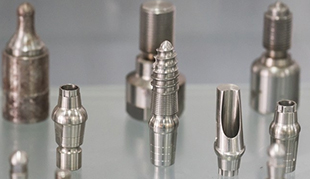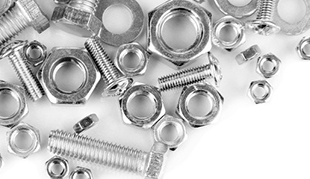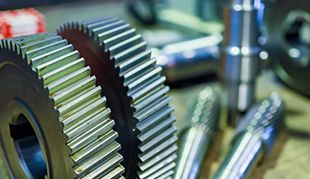Metal injection molding is having a significant impact in healthcare
Metal Injection Molding (MIM) is a cutting-edge manufacturing process that has gained remarkable momentum in various industries, and one of the most promising areas of its application is the healthcare sector. With its ability to produce intricate and complex metal components at a lower cost compared to traditional manufacturing methods, MIM has opened up new possibilities for medical device development and personalized healthcare solutions. Now, we will delve into the impact of MIM in the medical industry, highlighting its advantages, key applications, and the potential it holds for shaping the future of healthcare.
The Advantages of MIM in Healthcare
1.Cost-Effectiveness: The MIM process allows for mass production of intricate metal components at a lower cost, enabling medical device manufacturers to create affordable solutions for patients and healthcare providers.
2.Design Flexibility: MIM offers unparalleled design flexibility, enabling the production of complex shapes and geometries that were previously challenging or impossible to achieve with traditional manufacturing techniques. This opens up new avenues for creating innovative medical devices and implants.
3.Material Diversity: MIM supports a wide range of biocompatible materials, such as stainless steel, titanium, cobalt-chromium, and more. This versatility allows medical professionals to tailor implants to individual patient needs, enhancing treatment efficacy and patient outcomes.
Key Applications of MIM in the Medical Industry
1.Surgical Instruments: MIM has revolutionized the production of surgical instruments, making them more durable, precise, and cost-effective. Instruments like forceps, scissors, and clamps are now manufactured with enhanced ergonomic designs, contributing to improved surgical procedures.
2.Orthopedic Implants: The healthcare industry has witnessed significant advancements in orthopedic implants, thanks to MIM technology. Joint replacements, spinal implants, and bone fixation devices benefit from MIM's ability to create intricate porous structures, promoting better osseointegration and reducing the risk of implant rejection.
3.Dental Applications: MIM is widely used in the dental field to fabricate components like brackets, wires, and dental implant components. Its exceptional accuracy and material variety ensure patients receive high-quality and personalized dental solutions.
4.Drug Delivery Systems: MIM is being explored for the production of microneedles and drug-eluting implants that offer controlled and targeted drug delivery, improving treatment precision and patient compliance.

Future Prospects of MIM in Healthcare
1.Personalized Medicine: The ability of MIM to produce custom implants and medical devices opens up the possibility of personalized medicine. As technology advances, patients may receive tailored treatments that suit their specific needs, leading to better treatment outcomes and improved patient satisfaction.
2.Minimally Invasive Procedures: MIM's capacity to create smaller, intricate components can drive the development of minimally invasive medical procedures. Reduced invasiveness often results in faster patient recovery and reduced hospital stays.
3.Biodegradable Implants: Research is underway to explore biodegradable materials in MIM, which could lead to temporary implants that gradually dissolve as the patient heals, eliminating the need for additional surgical procedures.
Metal Injection Molding has emerged as a game-changer in the healthcare industry, revolutionizing the way medical devices and implants are designed, manufactured, and utilized. With its cost-effectiveness, design flexibility, and material diversity, MIM has paved the way for groundbreaking advancements in surgical instruments, orthopedic implants, dental applications, and drug delivery systems. As technology continues to progress, MIM holds immense potential for driving personalized medicine, minimizing invasiveness, and developing biodegradable implants that could shape the future of healthcare, benefiting both patients and medical professionals alike.






